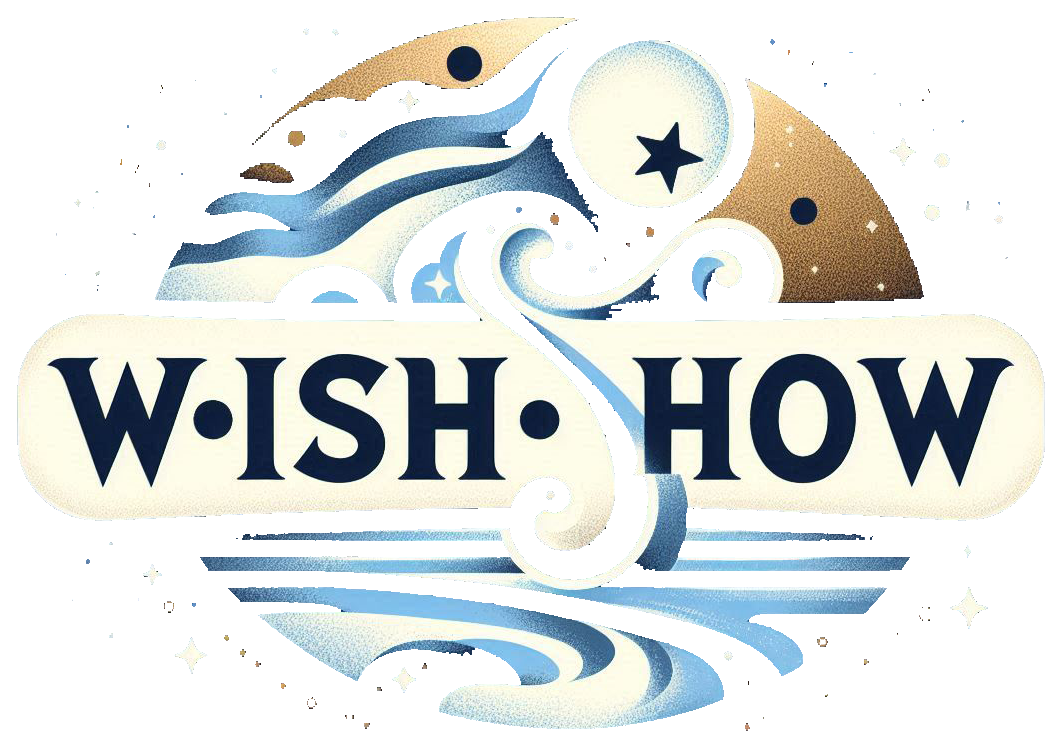Have you ever thought about how your mindset can shape your reality? Visualization is a powerful tool that can help you create the life you’ve always wanted. By combining the science of manifestation with the art of visualization, you can bring your dreams to life. In this post, we’ll dive into how visualization works and how it can help you turn your desires into reality. Keep reading to learn more!
Also Read: How Can I Change My Mindset to Attract Positivity?
What Is Visualization and Why Is It Important?
Visualization is all about creating vivid mental images in your mind. It’s using your imagination to picture your goals and desires as if they’re already happening or have already been achieved. By regularly visualizing your dreams, you’re training your subconscious mind to bring them into your reality.

Why is this so powerful? Visualization taps into the mind-body connection. When you imagine something, your brain activates the same pathways it would if you were actually experiencing it. So, your brain and body start responding to your thoughts and emotions as though they’re real.
Visualization is also a great tool for goal-setting. When you clearly picture what you want to achieve, you’re giving your mind a roadmap for success. This helps you focus on taking the right actions to make your goals happen.
It also helps align your conscious and subconscious mind. Sometimes, we have clear goals, but our subconscious beliefs might not match up, making it harder to reach them. By visualizing, you’re reprogramming your subconscious to support your conscious goals, making it easier to achieve them.
Overall, visualization is a powerful way to tap into the full potential of your mind and imagination. It helps you shape your reality, attracting your desires with more clarity and ease. So, if you’re looking to transform your life and reach your goals, visualization is a must-have tool in your toolkit!
The science behind visualization and how it can impact your brain and behavior
Visualization might seem like a simple exercise, but it’s actually backed by science with some powerful effects on the brain and behavior.

When you visualize, your brain doesn’t distinguish between what’s real and what’s imagined. It responds to the images and emotions you create in your mind just as if they’re actually happening. That’s because visualization activates the same neural pathways as real experiences.
By engaging your senses, emotions, and thoughts during visualization, you send a powerful signal to your brain. The reticular activating system (RAS) in your brain filters and prioritizes information based on what it thinks is important. By visualizing your goals and desires, you’re telling your RAS what to focus on, which helps you notice opportunities and resources that support your vision.
The Mindful Self-Compassion Workbook: A Proven Way to Accept Yourself, Build Inner Strength, and Thrive
$19.77 (as of May 23, 2025 18:29 GMT -07:00 - More infoProduct prices and availability are accurate as of the date/time indicated and are subject to change. Any price and availability information displayed on [relevant Amazon Site(s), as applicable] at the time of purchase will apply to the purchase of this product.)On top of that, visualization can actually change your behavior. When you consistently visualize a goal, you’re training your brain to recognize patterns and take actions that move you closer to that goal. You become more aware of opportunities and are more likely to engage in activities that support your vision.
Visualization has also been shown to improve performance in many areas. Athletes who visualize their success often experience better focus, confidence, and motivation. Studies also show that it can improve learning and skill acquisition by activating the same neural networks as physical practice.
Techniques for effective visualization, including guided meditation and creative visualization exercises
To really unlock the power of visualization, it helps to have a few techniques that can take you deep into your imagination and bring your dreams to life.

Here are some great visualization techniques to try:
- Guided Meditation: Guided meditation is a fantastic way to relax and tap into your subconscious. There are tons of meditation apps and recordings that focus on visualization, walking you through different scenarios and helping you picture your goals in clear, vivid detail. As you follow along, it’s easier to let go of distractions and fully immerse yourself in the process.
- Creative Visualization Exercises: Creative visualization means actively creating and manipulating mental images in your mind. You can start by closing your eyes and imagining yourself achieving your goals, or get creative by making vision boards or journals filled with pictures and words that represent your dreams. The key is to engage all your senses and emotions to make the experience feel real and tangible.
- Daily Visualization Rituals: Consistency is crucial when it comes to visualization. Set aside a specific time each day to practice, whether it’s in the morning, before bed, or during a break. This routine helps strengthen the neural pathways in your brain, making it easier to bring your desires to life.
Remember, visualization is a skill that improves with practice. The more you use these techniques, the stronger and more powerful your visualizations will become. So, get creative, try different methods, and see what works best for you. The more you dive into visualization, the closer you’ll be to turning your dreams into reality.
Success stories of individuals who have harnessed the power of visualization to achieve their goals
Throughout history, many successful people have used the power of visualization to turn their dreams into reality. From athletes to entrepreneurs to artists, these individuals tapped into the limitless potential of their minds and achieved incredible things.
One inspiring example is Jim Carrey, the famous comedian and actor. Before he became well-known, Carrey used visualization to create his desired future. He even wrote himself a check for $10 million for “acting services rendered” and dated it for Thanksgiving 1995. He carried that check in his wallet and visualized himself as a successful actor every day. Amazingly, just before Thanksgiving that year, Carrey signed a movie deal worth $10 million.
Another great example is Oprah Winfrey, one of the most influential women in the world. Despite a tough childhood, Oprah used visualization to reach incredible success. She would imagine herself hosting a successful talk show, picturing the applause from the audience and the positive impact she’d have on people’s lives. Through her strong belief and daily visualization, Oprah turned that vision into reality and became a household name.
These stories show just how powerful visualization can be. By visualizing their goals, these individuals aligned their thoughts, emotions, and actions with what they wanted to achieve. They tapped into the law of attraction and used the power of their minds to create their own success.
These examples remind us that visualization isn’t just a fun technique—it’s a proven way to achieve your dreams. So, if you have big goals, take a page from their book and start using visualization to make them happen.
Also Read: What are the Benefits of Combining Visualization with Meditation?
Out of Your Mind
$29.66 (as of May 23, 2025 18:29 GMT -07:00 - More infoProduct prices and availability are accurate as of the date/time indicated and are subject to change. Any price and availability information displayed on [relevant Amazon Site(s), as applicable] at the time of purchase will apply to the purchase of this product.)Common obstacles and misconceptions about visualization, and how to overcome them
Visualization is a powerful tool, but it’s normal to face challenges or have misunderstandings about how it works.

One common challenge is doubt. Some people might question whether just imagining something can really make it happen. But remember, visualization isn’t about wishing for things to happen—it’s about getting your thoughts, emotions, and actions in sync with your goals. By consistently visualizing and taking inspired actions, you can bring your desires to life.
Another challenge is impatience. It’s easy to want quick results, but manifestation takes time. The key is to trust the process and stay committed. Each time you visualize, you’re taking a step forward, even if the results aren’t immediately visible.
A common misconception is that visualization is only for “dreamers” or people with a rich imagination. The truth is, anyone can practice visualization, no matter how creative they feel. It’s a skill that improves with practice. Even if you have trouble picturing clear images in your mind, you can still use your other senses and emotions to make your visualizations stronger.
To overcome these challenges and misconceptions, stay persistent, believe in yourself, and challenge limiting beliefs. Surround yourself with supportive resources, like books, podcasts, or communities that encourage visualization. Remember, the power of visualization is in your ability to tap into the unlimited potential of your mind.







